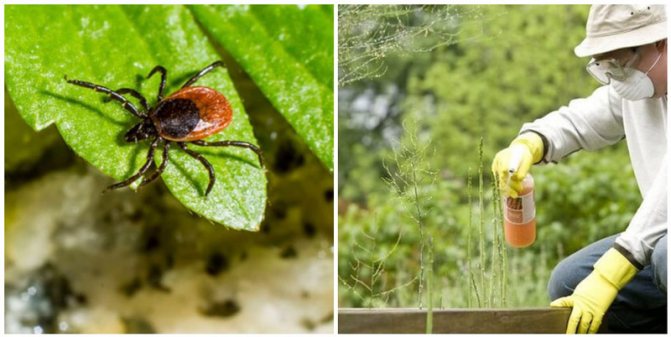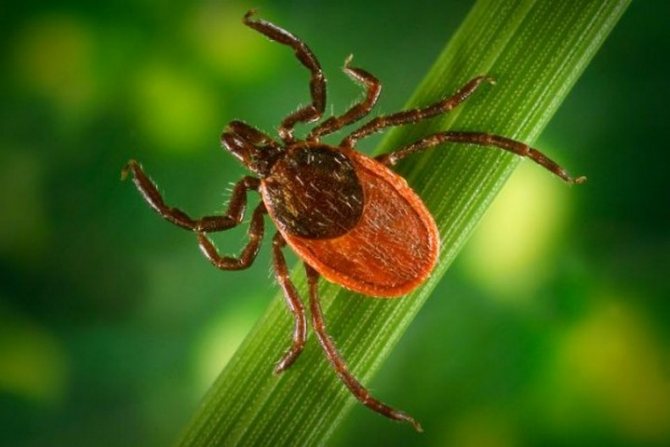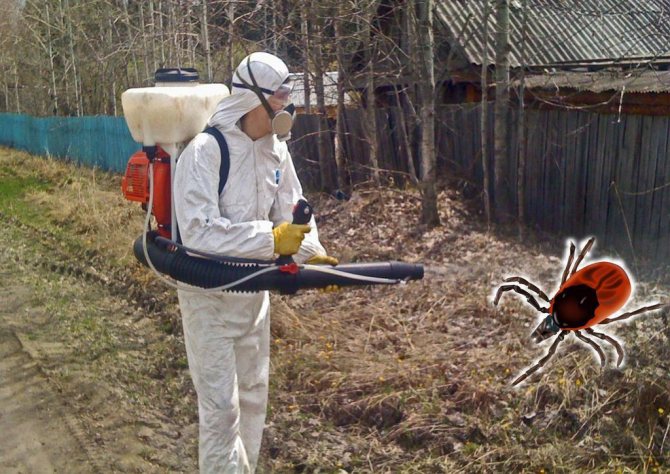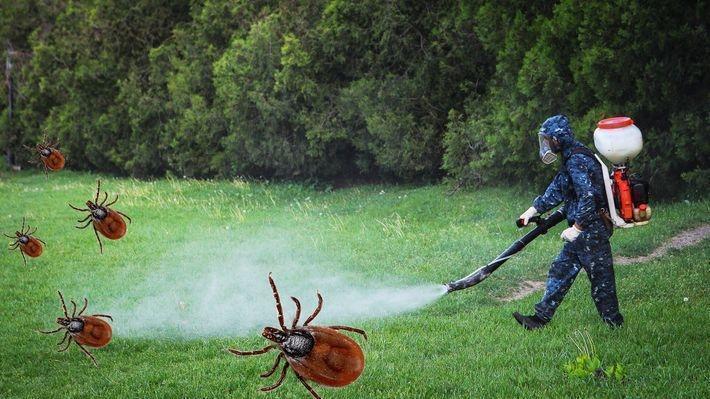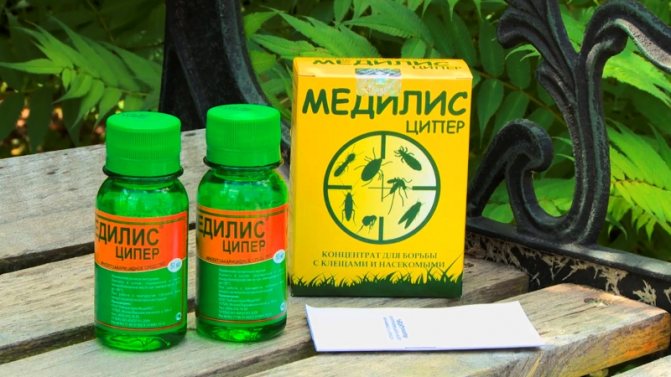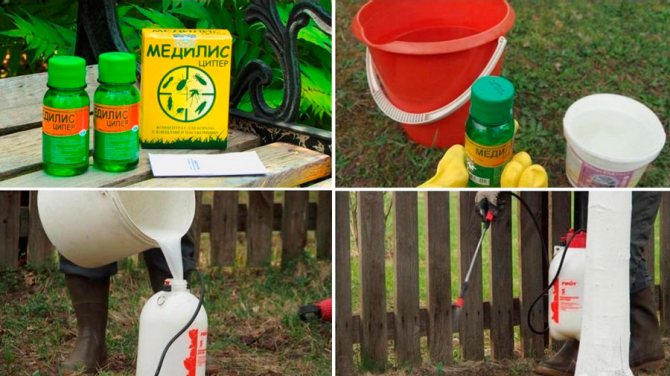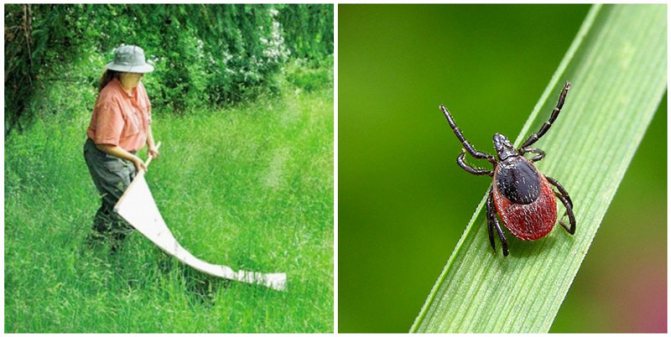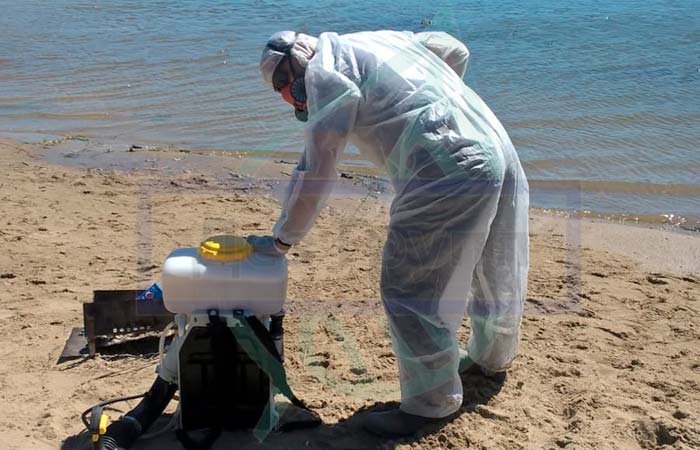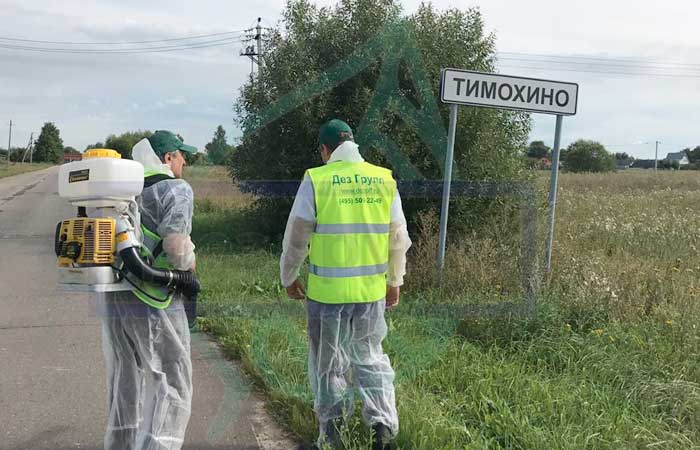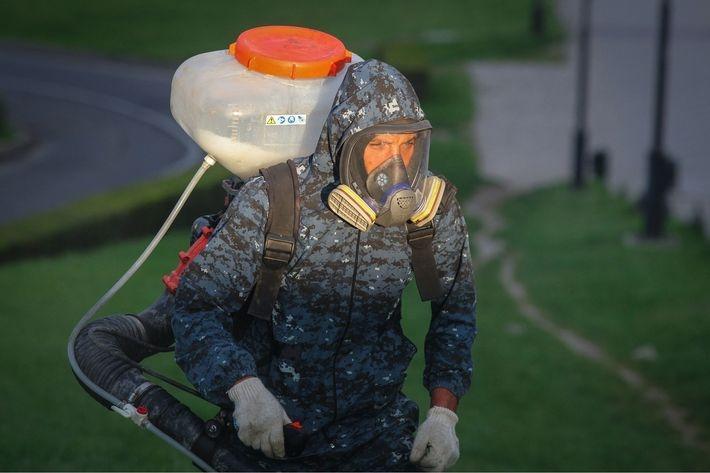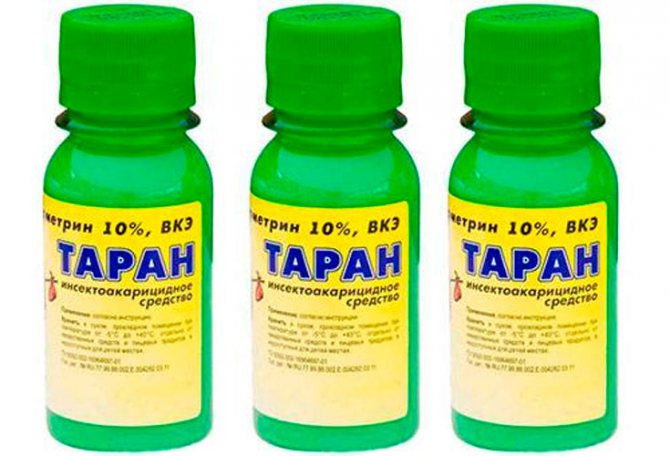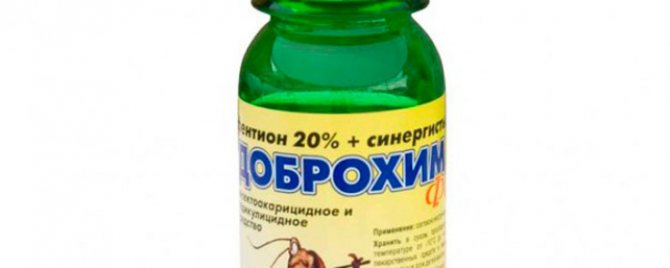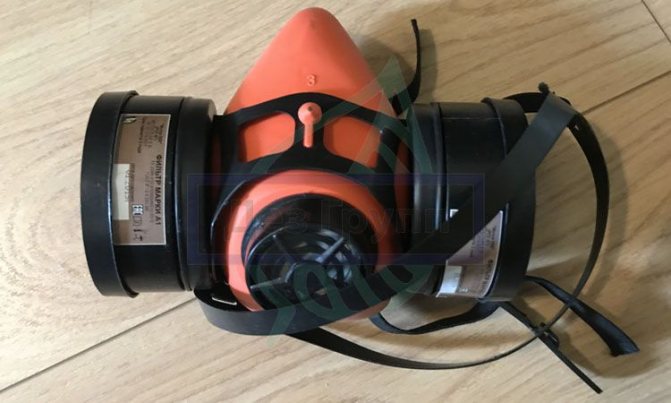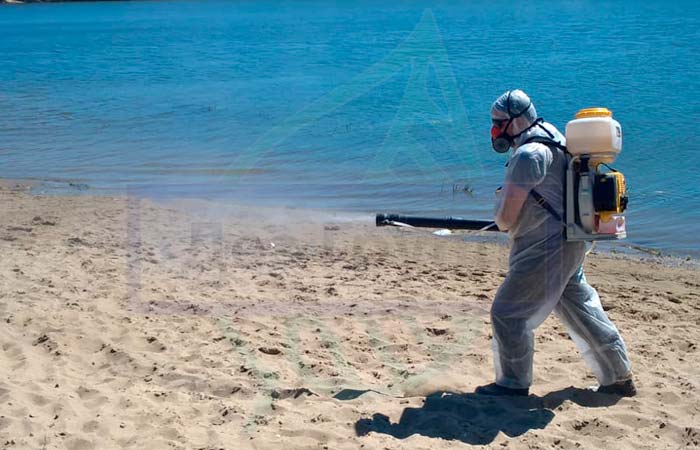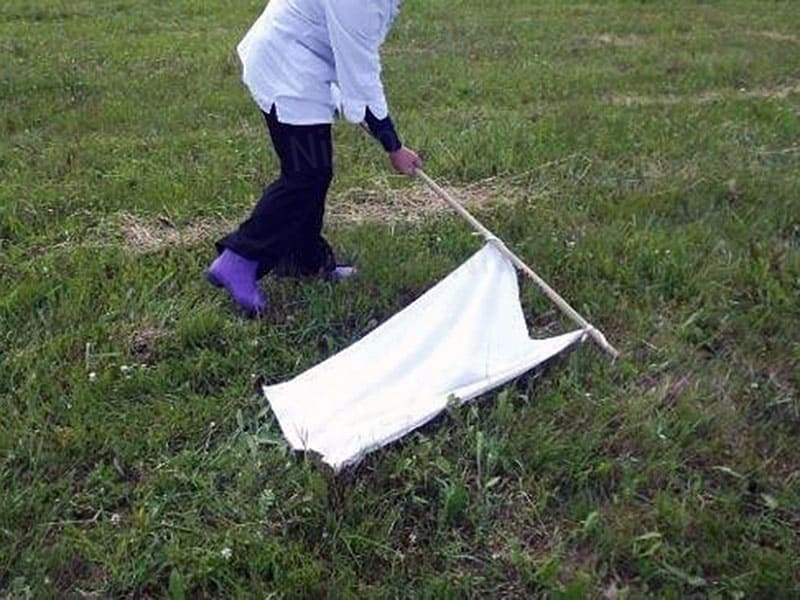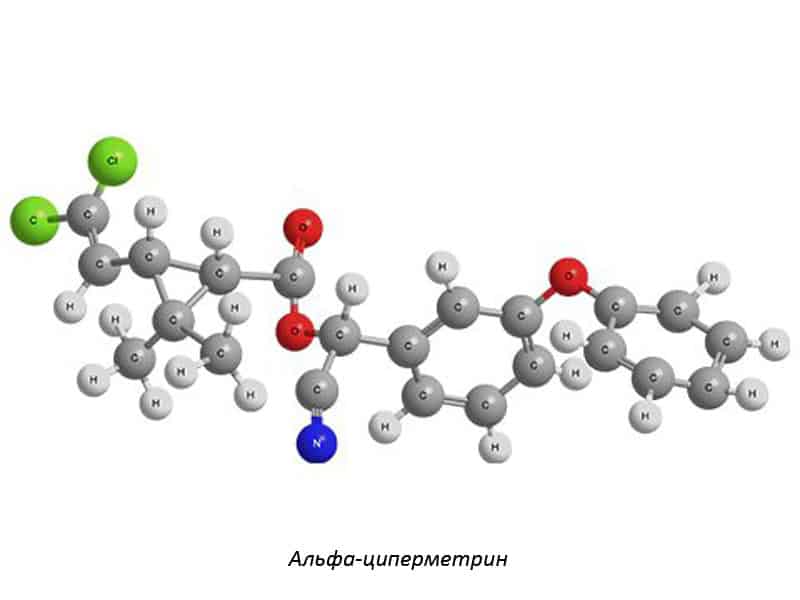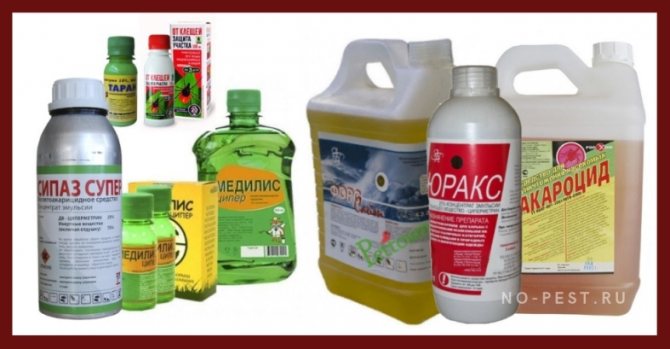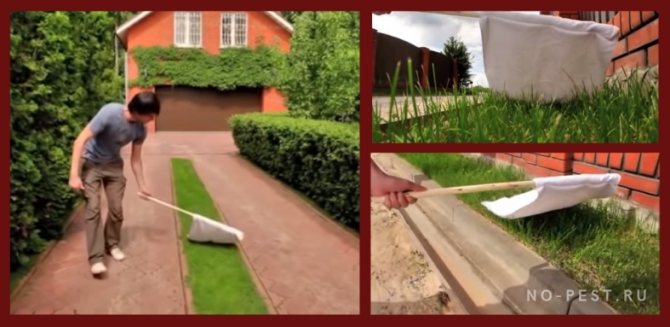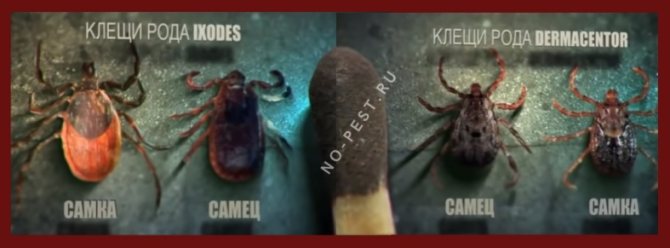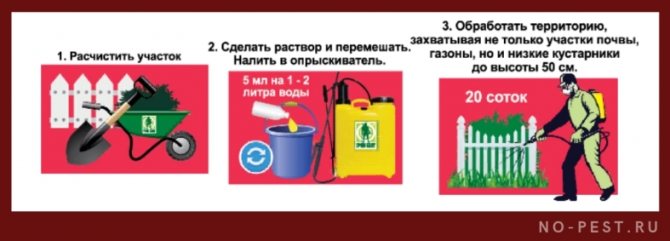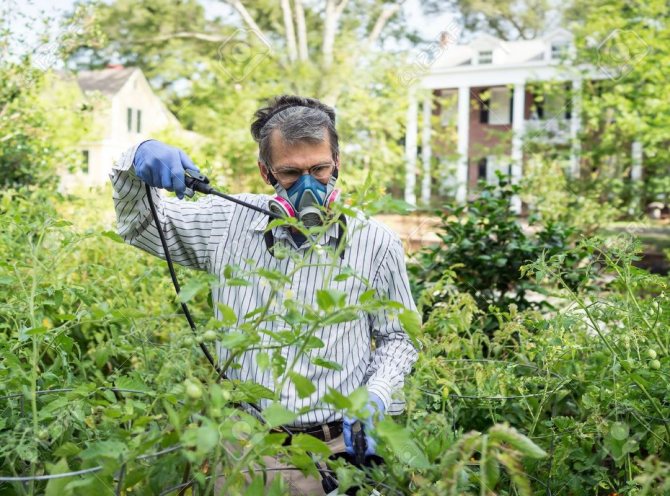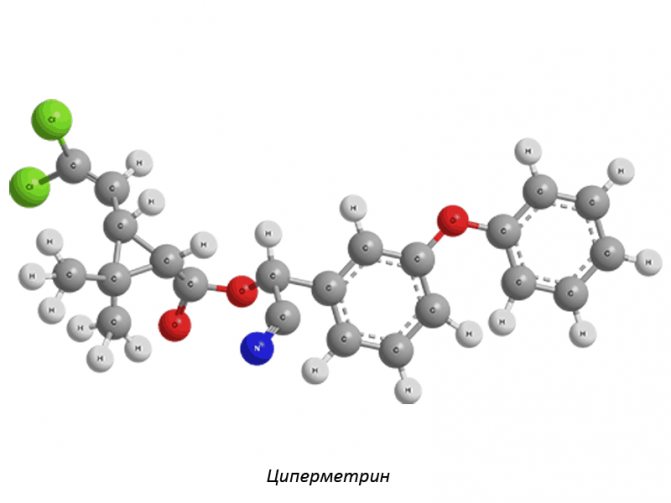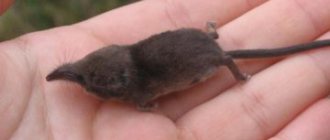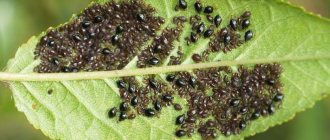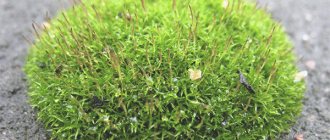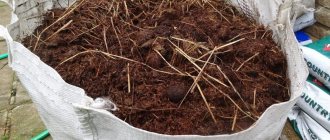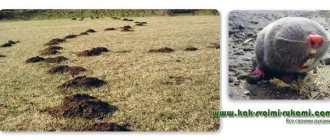Every spring, dozens of metropolitan parks, squares, gardens and popular green recreation areas are treated from ticks by specialists of the sanitary and epidemiological services at the request of the city administration. This program has been running for several years. Every year the number of objects subject to acaricidal treatment almost doubles compared to the previous year. However, not everyone knows that an essentially similar processing can be carried out at your own summer cottage. This can be done either with the help of SES specialists, or on your own. The first way is, of course, easier, safer and faster. If you still prefer to do everything yourself, then you need to carefully prepare for this process and develop a clear action plan, taking into account all the risks and unforeseen circumstances.
Most often, the first question asked by those wishing to process their possessions is how they poison ticks on the site. Dozens and hundreds of imported and domestic drugs can now be found on store shelves. Each product must be used strictly according to the instructions for use. Tick-killing chemicals can be potentially harmful to other organisms, so when choosing the right one, read the composition and special instructions on the manufacturer's label and website. Some, for example, cannot be used near reservoirs rich in fish, others - near apiaries. Most of the products are available in concentrate format. To use, they must be diluted with water in fixed proportions and sprayed either with fog machines or sprayers. Those who are looking for how to treat the area from ticks on their own often choose the following formulations:
- Xulat
- Masterlac
- Doublet
- Delta Zone
- Breeze
- Acaricide
- K-Otrin SK 50
- Karbofos
- Solfak
- Confidant
- Alfacin
- Dobrokhim Phos
- Sipaz Super
- Medilis-Ziper
- Sichlor
- Agran
- Sinuzan
- Actibiol
- Microcin
- Paragraph
- Cucaracha
These tools are professional and most effective. They are used by specialists of professional sanitary services. A person without special training of an exterminator is required to be extremely careful and responsible when using them. They are sold in large volumes, require special equipment and often have a very high price, on average from 1.5 to 7.5 thousand rubles. for a volume of 1 to 5 liters. The exact amount of the drug for a given area is calculated individually in each case according to the instructions.
Possible reasons for the appearance of ticks in the country
Even if there were no nasty pests in the country earlier, this does not mean that they will not appear on it in the future. There are several reasons why you have to observe the presence of ticks in your garden plot:
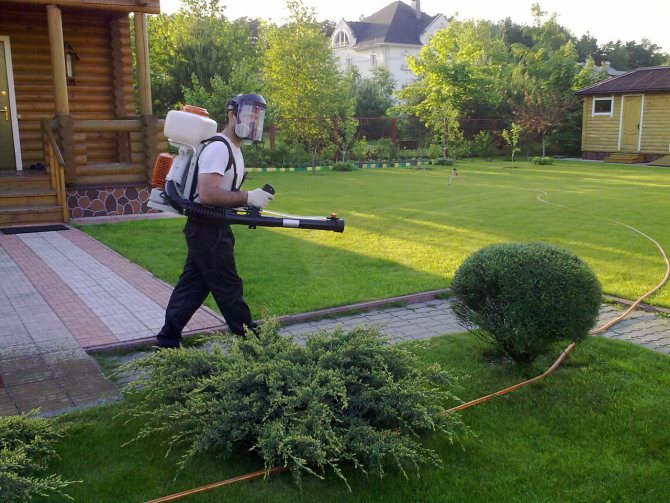
- The mites migrated with the help of animals. One of the most convenient and familiar "means of transportation" for these insects are animals - rats, dogs, cats, etc. The number of ticks that have appeared in this way on the site is usually not critical.
- The ticks crawled onto the land plot on their own. An adult insect is quite slow, although it can cover a distance of ten meters / day. Hunger forces insects to migrate. When there is no potential victim (human, animal) nearby, the tick is forced to go in search of it.
- Ticks entered the dacha from neighbors or from the forest. If a neighbor's plot has been infected with a tick or the cottage is located next to a forest, the likelihood that a pest will infest your site is very high.
Ticks could and already live on the territory. If the land was acquired recently, it is not immediately possible to know about the parasite infestation. The period of transformation of eggs into adults lasts one and a half to two years. During this time period, the pest does not catch the eye of the newly-made owners of the site. If a massive infestation of ticks occurs at the very beginning of spring, this is a clear sign that they have lived on the site since last year.
Ticks in the house and apartment
Separately, it is worth considering the situation with how to get rid of ticks in an apartment, house or on a balconywhere the "general" techniques described above cannot be applied. Great care must be taken here. It is worth noting the fact that only dust mites are brought up in residential premises, which are fundamentally different from those familiar to summer residents. Let's figure it out how to get rid of ticks dust type in the apartment:
- Using a vacuum cleaner with a water filter can significantly reduce the number of parasites. However, the filter can also be made of other materials; the most important thing is that it is dense: then the ticks will not pass through it. You should definitely vacuum the room as often as possible (at least twice a week), not forgetting to walk on sofas, armchairs and other upholstered furniture.
- Be sure to remove dust from tables, cabinets and other surfaces where it can accumulate. Use a regular damp cloth. You can use a special polish that temporarily protects the surfaces from dust. You need to clean the latter regularly: at least once a week.
- Be sure to clean your floors regularly, as even the most advanced vacuum cleaner cannot remove all dust particles.
- Wash clothes and bedding at temperatures above 60 degrees. You can also use a mite-killing agent.
- Keep in mind that dust mites are "addicted" to rooms with high humidity.
How to find a tick in the area
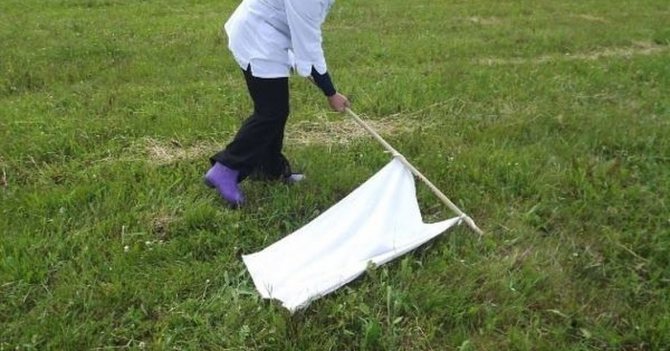

You need to take a long stalk of wood and tie a piece of white cloth measuring 1m by 1m to it (it is recommended to use a waffle towel for this). Finder ready. Now we need to wait for the optimal conditions to search for parasites. Morning is usually ideal for this purpose, but be sure to wait for the dew to dry on the grass. Then you have to go all over the site, slowly moving a kind of "tick detector" on the grass. If there are ticks, then they will definitely remain on the corrugated towel fabric in contact with the grass.
Identifying the enemy
To check the site for the presence of ticks, it is enough to perform the simplest manipulations. Take a waffle towel (or any light-colored cloth - the same sheet), wipe their body with a little sweat, then put it on the grass; after a few minutes you will see several pests on the fabric. For more efficiency, the fabric can be attached to a stick with a string and pulled over the grass.
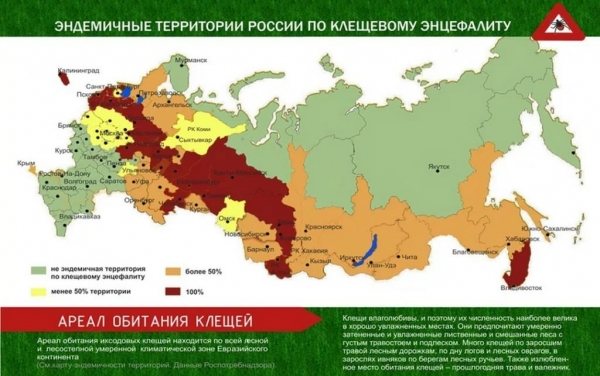

Prevention of the appearance of ticks on your territory
Here are the main preventive methods aimed at anticipating the problem:
- Be sure to regularly mow lawns, destroy plant debris and leaves.
- Remove the debris that appears in time, which can become a "springboard" for the tick division.
- You can build a small barrier around the weight of the area, and then sprinkle it with gravel or sawdust.
- An important point in the fight against ticks is also the fight against rodents (for example, mice), which are used by parasites as the main "food" (in the sense that it is to them that they stick to, thereby receiving the blood necessary for life). To do this, you can use traps or special poisons.
How to process a summer cottage
The most reliable and prompt way to eliminate ticks is to treat a summer cottage with chemicals. There are many drugs to combat arachnids, but experts advise giving preference to the compositions of the following two groups:
- Pyrethroids... A chemical category based on pyrethrin, a naturally occurring substance derived from chamomile. The main positive feature of pyrethroids is a mild effect on living organisms, due to which they are safe for fauna, flora, and humans. In addition, these non-toxic compounds disintegrate quickly, so they do not harm the soil. But in fairness, it must be said that pyrethroids will be effective only in the fight against small populations of ticks in small areas.
- Acaricides. Strong chemical compounds capable of quickly killing ticks in any volume. Acaricides can be based on either chlorine or phosphorus. The preparations remove not only adult insects, but also their larvae, and even laid eggs. Acaricides can be presented in two forms: liquid and granular. As practice shows, the former are much more effective in the fight against ticks than the latter. Such compounds quickly disintegrate in the soil, but they are quite toxic.
When choosing acaricidal preparations for treating a site, remember that all of them, to a greater or lesser extent, depending on the toxicity of the main component, negatively affect living organisms. Your job is to minimize harm, so use acaricides no more than once every 6 weeks.
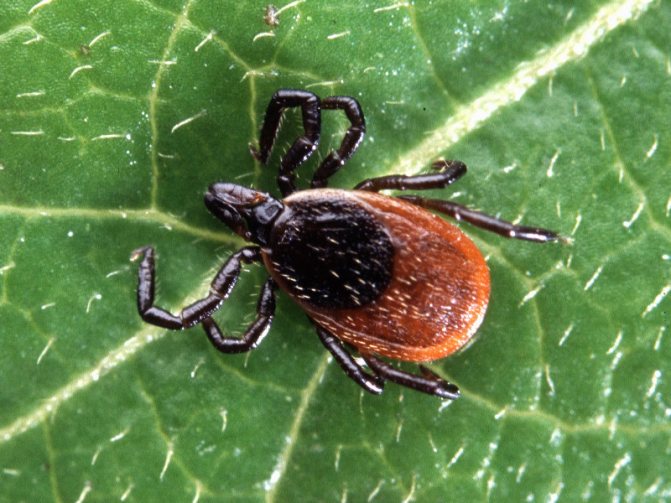

How to treat your site from ticks, each owner must decide for himself. It is important to take the utmost care when working with chemicals. The instructions for their use indicate all the necessary information. Only by strictly observing all the rules for working with a specific drug, the procedure can be carried out with a positive effect of absolute safety. Of course, it is not bad to use the services of specialists to carry out acaricidal treatment of the site. Their cost is from 6 thousand rubles for 10 acres.
Which doctor should I contact if bitten by a tick
After removing the sucked tick, be sure to treat the wound with any alcohol-containing agent (iodine, brilliant green, alcohol wipes, vodka). Remember that the tick must never be crushed. You can get tick-borne infections through micro cracks in your skin.
By the way, tick-borne encephalitis can also be infected by eating unboiled goat's milk.
Do not throw away the extracted insect, but put it in a small, tightly closed bottle, and take it to a virological laboratory in your city or village for research for its infection with viruses. It is very important.
Victims of the bite need to undergo a preventive course of treatment. For the prevention of tick-borne encephalitis, iodantipyrine is used, tick-borne borreliosis - amoxicillin. The medicine is taken according to the scheme described in the instructions for use. From my practice, everyone who took preventive medications, no one got sick with tick-borne infections, even if ticks had positive results.
And be sure to monitor your well-being within 21 days after the bite. The appearance of fever, headaches and muscle pains, weakness, nausea, vomiting should alert. In this case, an urgent need to consult a doctor.
In the case of a tick sucking in a child, it is necessary to carry out all the same actions as for adults. Make sure to donate the tick for testing.
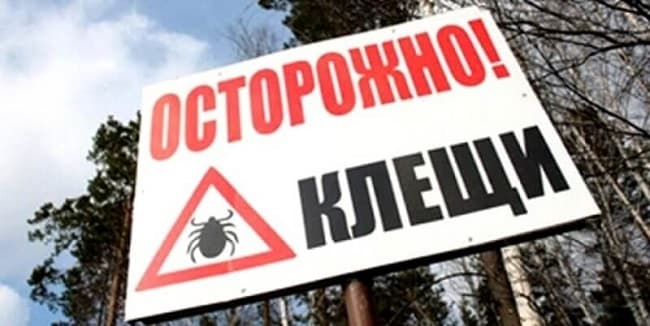

Monitor the baby's well-being for the first 3 weeks after sucking. Any deviation in the child's health should alert, in such cases, the child is urgently shown to the doctor.
In addition, anti-mite immunoglobulin is administered free of charge in a medical institution for prophylactic purposes at the rate of 0.1 ml per 1 kg of the child's weight. The introduction of immunoglobulin provides protection for the first time, since ready-made antibodies are injected. In the future, if there is a threat of re-suction of the tick, it is better to take a course of preventive vaccinations. Vaccinations in endemic areas are carried out from the age of three.
Regardless of whether you removed the tick yourself or not, you need to see a doctor. Will help you
- Infectious disease physician,
- Local pediatrician or therapist (depending on age),
- Doctor or paramedic at the ambulance station,
- Paramedic at the first-aid post.
Folk ways to combat ticks
If there is no desire to bring chemicals to the summer cottage, they use folk methods. You can scatter soda or boric acid on the places where the mites live. Anti-mite solutions (sprays) based on herbal ingredients are also prepared:
- citrus juice - dilute fresh juice with water and spray over the area;
- herbal infusion of geranium, sage, chamomile, garlic - spray with a spray bottle;
- essential oils (rosemary, mint) - add to the water and spray the area with the solution.
Many summer residents use the mechanical folk method of struggle. A piece of white cloth is tied to a stick. In the morning, for two weeks, they are slowly "walked" by the erected structure on the grass. The pliers will catch on the fabric. The method is often called the "white flag" - due to the fact that white textiles are used, and the homemade device actually resembles a banner.
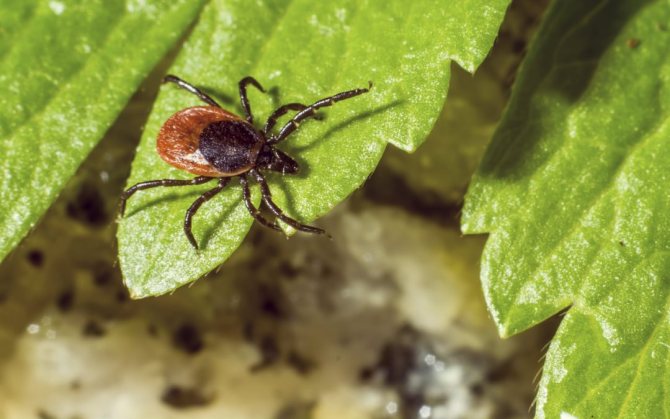

And another factor that can affect the spread of ticks in a summer cottage is frequent watering of grass and shrubs (spraying). The fact is that mites do not like moisture and are unlikely to be able to settle in a damp summer cottage. In addition to these simple and all accessible techniques, there are folk recipes that are able to overcome the invasion of ticks.
The first and excellent remedy is an infusion of garlic. A large head of garlic is taken and crushed, after which 2 liters of water are poured. Every other day, another 2 liters of water is poured into the mixture. The solution is ready for processing. Indoor plants can be protected in the same way. Trees can also be treated with onion tincture. To do this, take 20 g of chopped onion and pour water over it. Leave to infuse for a day, then add water and spray suspicious areas.
Cyclamen tubers show excellent results in the fight against ticks. To do this, 50 g of tubers are placed in water and boiled until completely boiled. The resulting slurry is filtered, after which the desired areas are processed. Another interesting way that deserves attention. Wormwood and tansy should be planted next to flowers, or in other places. Their aroma repels ticks, therefore, such plantings will quickly cope with ticks.
Do dogs have tick-borne infections?
Unfortunately, they are ill. Running through the forest, dogs easily pick up ticks on their fur, and after an hour and a half, the tick can already dig in. The incubation period in dogs, as well as in humans, depends on the virulence of the virus, the immunity of the dog, etc.
Symptoms of the disease develop depending on the severity of the disease. In severe cases, symptoms develop within 12-24 hours, in the lungs after a few days. The dog has a fever, lethargy, apathy, complete refusal to eat. Symptoms that should alert the owners are a wobbly gait, weakness in the front paws, up to loss of balance.
It is best to anticipate tick sucking in dogs in advance. Therefore, take preventive measures in a timely manner.
- During the period of the greatest activity of ticks, the animal needs to wear an anti-tick collar;
- Get vaccinated to develop immunity against tick-borne infections;
- Treat the animal with repellents;
- After each walk in the forest, carefully examine the animal's fur in order to remove insects and destroy them in time.
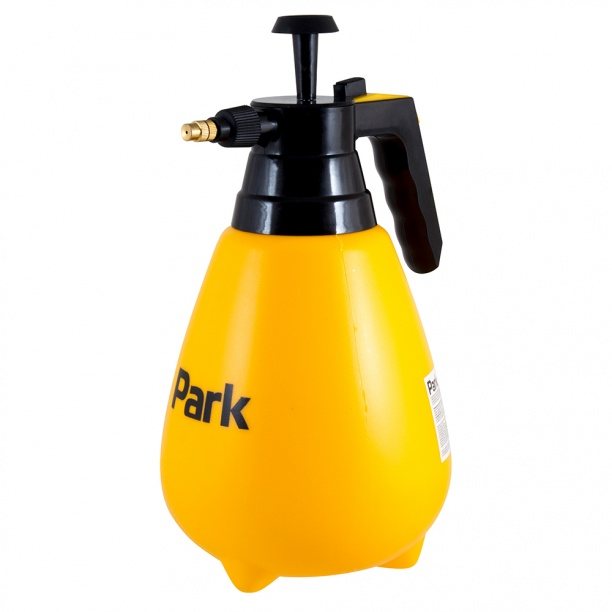

As folk remedies that are safe for the animal, it is good to use drops of essential oils that are applied to the withers. And washing with tar soap will not only help scare away ticks and fleas, but also heal wounds, relieve irritation and itching.
How to treat an area from ticks yourself
To achieve the effect as quickly as possible, it is necessary to use drugs in a liquid state, because they act faster than granular preparations. There are many modern liquid products. The choice depends on the requirements imposed on them: this is the size of the site, as well as the timing and spectrum of action of the drug.


The area is treated only in overalls (kerchief, dressing gown, respirator and gloves). After the treatment, hands and face are thoroughly washed with soap. A "chemical attack" is carried out in calm, dry and warm weather - during it, ticks do not hide in thickets, which means that the chemicals will most effectively act on them.
The area is sprayed only if the weather forecast does not promise rains within three days - otherwise the chemical will be partly washed off and partly absorbed into the ground, and the desired effect will not be. Processing is carried out no later than 40 days remaining until the fruits ripen, because acaricidal agents have their own period of preservation of toxic properties, and the fruits processed by them at this time should not be eaten.
For a small area, a garden hand sprayer is suitable, and for an area of more than 10 acres it is better to use a unit with a motor. Particular attention should be paid to areas with dense grass, along paths and perimeters of recreation areas. In no case should the concentration dose in the solution be exceeded in order to avoid poisoning. To avoid harm to cats and dogs, you need to carefully study the instructions for use. In some cases, animals can be released to the site after treatment in half an hour, in others - not earlier than three hours, or even several days. The effectiveness of drugs is usually 3-4 weeks.
This does not mean that at the end of this period, the site needs to be processed again all summer. Of course, manufacturers assure that the current drugs are absolutely harmless, but their effect on animals and humans has been little studied. Therefore, the areas are treated against ticks 2 times a year - in autumn and spring. With constant maintenance of cleanliness and adherence to other recommendations, this is enough - there will be no mites or unnecessary "chemistry".
Why ticks are dangerous for humans
Ixodid ticks are carriers of tick-borne encephalitis virus and Lyme disease borrelia (tick-borne borreliosis).
Tick-borne encephalitis
It is difficult with the manifestation of symptoms of intoxication (severe headaches and muscle pains, vomiting, weakness, sleep disturbance, fever up to high numbers). The disease develops on average 7-10 days after the bite. But the incubation period can be extended to 21 days and shortened to 2-3 days.
But encephalitis is especially dangerous for its complications. And although at present there are almost no deaths, however, after the transferred disease, such formidable complications as paralysis and paresis of the extremities remain, which remain for life and lead to disability.
You can prevent infection by getting vaccinated against tick-borne encephalitis in time. Such vaccinations are given in any clinic or first-aid post.
Tick-borne borreliosis


This is a systemic disease in which various organs and systems are affected - skin, nervous system, musculoskeletal system, cardiovascular system, eyes, liver, spleen. The disease develops 2-3 weeks after the tick bite.A characteristic sign of the disease is creeping erythema: a red spot appears at the site of the bite, which increases over time.
The disease is characterized by intoxication and symptoms associated with the affected organ. The disease is characterized by relapses. Unlike tick-borne encephalitis, there are no vaccinations for this infection, and a vaccine has not yet been developed.
Chemical means for processing the suburban area
Tsifox
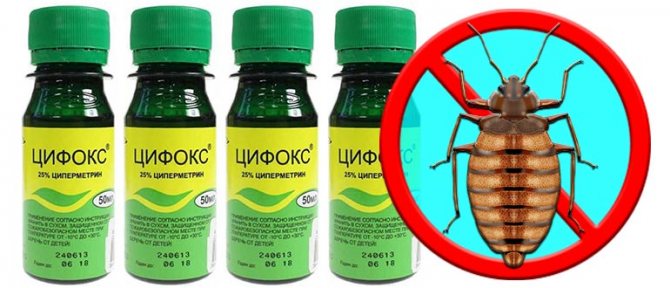

The product is used by many disinfection services because it is very toxic and versatile. Thanks to him, in the garden you can be beaten not only from ticks, but also from other parasites. The main advantages include: fast-acting effect; duration of action; versatility.
Ram
The peculiarity of the composition of "Taran" does not allow it to immediately begin to act against ticks, but this is compensated by its long aftereffect for up to 2 months. Using the product is not safe, which requires additional protection. The main substance is Zeta-cypermethrin.
Acaricide
A universal insect repellent capable of etching ants, bedbugs, ticks and insect larvae from the garden plot. The main chemicals in the composition are fenthion and cypermethrin, in 40% and 10% proportions, respectively. The area of use of the drug for disinfection: closed reservoirs (prohibited in open ones), basements, children's and living quarters, catering facilities.
Medilis Ziper
A highly toxic substance with a specific odor and yellow color. The main active ingredient is cypermethrin in a ratio of 25%. The duration of the drug is about 2 months, and the treatment should be carried out 3 days before settling on the site. The manufacturer recommends, in the absence of knowledge of the type of ticks located in the local area, to treat the concentration as from ticks of the genus Dermacentor.
Byteks
It is an insecticidal preparation that is also used in the treatment of medical premises. Suitable for combating ticks of the genus Ixodidae, and the active ingredient is fenthion in a ratio of 40%. The effect of the action lasts for 1 month. In case of unsuccessful treatment or a weak effect, repeated treatment of the site is permissible.
Sipaz Super
The substance is a concentrate of the emulsion, which gives it the possibility of a broader action - on adults and their larvae. The active ingredient is cypermethrin in a ratio of 25%. The manufacturer recommends using it as a medical pest control at various facilities. After application, there are no traces, but a faint odor remains, which does not irritate the respiratory tract. Duration of action after application is about 2 months.
Acaritox
The drug is marketed in the form of a powder, which gives a stable emulsion when dissolved in water. Due to its composition, the powder does not clog the nozzles, and also does not precipitate. The main substance is alphacypermethrin in a ratio of 5%. After application, the residual effect is up to 2 months. Without going into the soil with water, thereby remaining on the litter, provides a negative effect on the ticks during their sleep.
Introduction to the problem
The appearance of ticks on the site is a serious problem that requires immediate resolution. It is known that these creatures reproduce quickly enough and are capable of not having a beneficial effect not only on the life of plants, but also on people. That is why we decided to consider some methods that allow us to fight the invasion of "legions" of insects with varying degrees of efficiency.
Naturally, the question of finding a suitable method of struggle arises mainly in the summer of the summer season (or a little ahead of time, if the owner of the site is distinguished by foresight).First of all, you need to pay attention to special preparations, which are usually relatively inexpensive, but are capable of destroying ticks in minimized ways. This method also has a certain drawback - a negative impact on the soil.
Before proceeding directly to the topic, we will conduct a small educational program that will allow you to get a rough idea of the enemy. Before you start fighting ticks, you need to study their "habits". The traditional habitat of the enemy in the summer is tall grass and low bushes. In winter, they usually "hide" in leaves, trees and all kinds of debris. Not very mobile, they move in small "steps". However, a significant danger is that they multiply very quickly.
Safety of drugs for humans
The safety of a drug depends entirely on its composition. The harm has a different ratio for living organisms. This is clearly seen when using drugs that do not have such a negative effect on the harvest, as much as negatively affecting a person. However, most manufacturers recommend waiting at least 3 days after treatment before entering the site.
Do not forget about safety during processing, since non-observance of safety measures threatens with adverse health consequences. In rare cases, exposure to chemicals can be fatal. That is why it is better to entrust the treatment of the site from ticks to professionals who are not only specially trained, but also have chemical protection.
LiveJournal
Working with acariciades
There are a number of drugs that have long been popular in the processing of a summer cottage.
For example, Taran, Samarovka-insecticide, Akaritoks, Force-Site. You can also use Tsifox, Sipas Super, Breeze and Alfatrin.
All of them can be bought in hardware stores in the public domain, therefore, as soon as the snow melted, you already need to go to the country house and carry out tillage in advance. Indeed, with the first heat, ticks begin to lay off larvae and actively reproduce - then it is much more difficult to fight them.
Working with acaricides is generally safe, but you still need to take all sorts of safety measures so as not to harm yourself and your loved ones. Therefore, carefully follow the instructions, do not forget that you are dealing with poisons. You need to protect your skin and arm yourself with a gauze bandage and rubber gloves.
Dress in as close-fitting clothes as possible so that the chemicals do not penetrate your skin - an allergic reaction or burns may occur. You need to process those places where there is especially thick grass or bushes, as well as where people usually rest. That is, it is necessary to process the area with sun loungers and hammocks, hiking trails and recreation areas, for example, the vegetation by the children's pool.
Precautions
You can protect your area from ticks by taking care of it throughout the year. Do not neglect general cleaning of the site at least once a season.
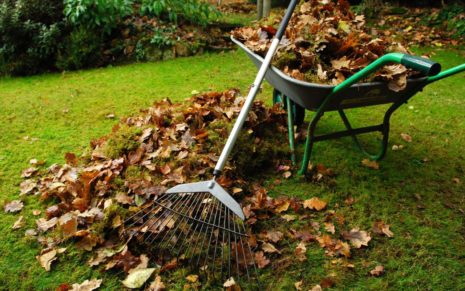

Tall vegetation, weeds and weeds should be constantly cut or sprayed with a special liquid, since mites are most often found in tall thickets.
Various chemicals and traps should be used against small rodents, which are carriers of not only ticks, but many diseases.
If dogs or cats live on the site, they should be constantly examined and the wool should be smeared with a special liquid from parasites. For animals that spend most of their time outside the area, disinfection measures are applied twice as often.
You should try not to let wandering animals into your area, as they can bring ticks on their fur, as well as infect animals living in the country with them.
When planting new plants on the site, as well as when introducing animals, they should first of all be examined for the presence of parasites.
A couple of final words
We have tried in a general way to consider the ways that are the answer to the question of whether how to get rid of ticks at home, at their summer cottage, in the forest... If we summarize the advice in general terms, we can say about the imperativeness of two things - caution and timeliness. On the one hand, you need to be extremely careful when choosing a product and be careful during processing; on the other hand, do not delay, because over time, more and more ticks will appear (if they come, they are unlikely to leave themselves). When choosing a drug or technique, it is recommended to consult with a specialist (it may even be a shop assistant or a more experienced friend).
We hope that we were able to help you deal with how to get rid of ticks in the country, in the yard and in living quarters. Good luck!
A source
What to do if a tick has seized the skin?
Once on the human body, the mite does not immediately penetrate the skin. He is looking for his "favorite" places - the scalp, ears, armpits and groin, the inner surface of the elbows and knees. In these places, the skin is the most delicate and thin, abundantly supplied with superficial blood vessels. The insect bite is painless.
It is not immediately possible to see a tick on the skin. If you suspect a bite, you need to carefully examine your body, preferably in front of a mirror. You can see the tick as a small bump on the skin with a black dot in the middle.
It is better to entrust the extraction of the parasite from the skin to a specialist. The doctor will not only properly remove the insect from the skin. He will also send the pest for laboratory examination - you need to immediately exclude the possibility that a person has been bitten by an infected insect. The doctor may give you an injection of anti-mite immunoglobulin.
In situations where it is not possible to quickly get to a medical facility, immediate measures are taken. The longer an infected mite stays in the skin, the more likely the affected person will develop the disease. Therefore, you need to get rid of the parasite as soon as possible.
Having sucked in the victim's blood, the tick increases 2-3 times
You can use tweezers or thread. The latter is tied in the form of a knot - near the proboscis of the insect. Then they slowly pull upward, thereby removing the tick. The sharpness of movements during the procedure is inappropriate in any case!
It is important not to damage the tick body in order to prevent suppuration. If, nevertheless, the insect head comes off, wipe the bite site with a bandage moistened with alcohol. The head is removed with a sharp needle. Then the wound is re-treated with an alcohol solution. If the procedure went well, you need to place the insect or its parts in a small glass vessel with cotton wool soaked in water and take it to the laboratory for research.
Known spraying products
Spraying a summer cottage is the most reliable way to get rid of insects. In addition, you can rid the area of parasites on your own if:
- The area of the site does not exceed 1000 sq. m (10 acres);
- A careful study of the instructions for the event was carried out;
- In the presence of all the necessary tools (sprayer).
Also, an equally important factor in the success of the event is the correct choice of the drug for the upcoming treatment.
How and how to treat a garden plot from ticks yourself:
- Before you start treating any area, you need to take care of personal protective equipment (a scarf for hair, a light-colored overalls or dressing gown, a respirator, thick rubber gloves, rubber boots, into which you need to tuck the bottom of the legs). The effects of chemicals can be toxic not only to arthropods, but also to humans;
- Dilution of the insecticide and spraying should be carried out in accordance with the instructions for the preparation.The spray solution is applied immediately after preparation;
- The destruction of blood-sucking parasites is best done in warm weather with a minimum wind speed. Pests - mites with low humidity and no wind are closer to the upper levels of herbaceous vegetation, which significantly increases the efficiency of the solution used for spraying;
- Tick treatment is used when rain is not expected for the next 3 days between 5:00 am and 7:00 am or after 9:00 pm. Rains increase the risk of washing off solutions, which will not only affect the grass and future plantings on the site due to the introduction of a large amount of poisons into the soil, but also reduce the effectiveness of the measure;
- In order to protect plants from the effects of toxic substances, spraying should be carried out no later than 40 days before the ripening of the crop;
- How should the territory be processed? Spraying from ticks on the site is exposed in their habitats: grass, shrub and woody forms of vegetation and adjacent to the site zone of buildings at a height of up to 1.5 meters. Particular attention should be paid to areas of frequent human presence (near garden paths and recreation areas);
- When processing artificial reservoirs and wells, it is worthwhile to carefully monitor so that tick remedies do not get into the water;
- To reduce the risk of introducing parasites from neighbors, it is necessary to agree with the owners of other plots and set a total processing time. Otherwise, blood-sucking arthropods will move to other areas;
- Even if it is written on the package of the insecticide that the effect of the drug lasts for 3-4 weeks, the site should be re-treated only at the end of the season (in autumn). Spraying the site every month can poison the soil and negatively affect the condition of the crop;
- After the end of the event, you must thoroughly wash your face and hands with soap and inspect protective items (shoes, gown or overalls) and body for the presence of ticks;
- 3-5 days after spraying, a second "flag" test for the presence of parasites should be carried out.
Insecticides are drugs that are poisonous to humans and pets, therefore, the processing of the territory is carried out only in the absence of small children and animals on the site. It is best to carry out the fight against ticks at least 3 days before the family arrives on vacation or the start of summer cottage work.
Medicines for ticks are divided according to the strength and mode of action. Before choosing suitable processing methods, it is recommended that you read the reviews of other gardeners.
Medilis Ziper
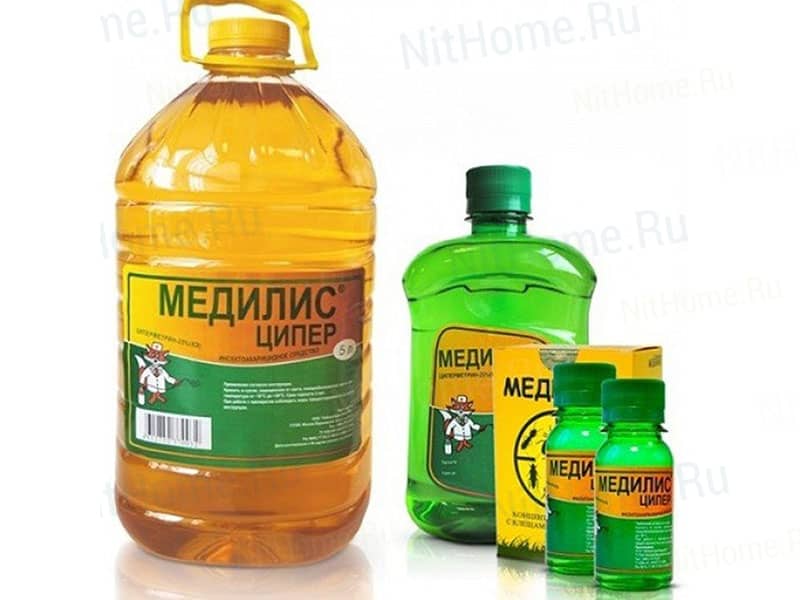

Medilis Ziper
Means against ticks Medilis - a substance of a professional range of insecticides, produced in the form of a concentrated solution.
Features of the tool:
- The active substance is cypermethrin (concentration 25%);
- To poison ticks with this drug, it is necessary to dilute 0.005-0.007 liters of the substance in 1 liter of cold water;
- For spraying 1000 sq. m of territory requires 0.05 liters of substance (10 liters of a diluted solution);
- Effective spray action is observed within 40 days after the end of the treatment;
- The cost of a 0.5 liter bottle is from 1200 rubles, there are also 0.012 liter ampoules and 0.05 liter bottles.
Medilis has established itself as the best defense against blood-sucking parasites with a long-lasting effect. When spraying, it is recommended to use a fine spray or spray bottle.
A garden or a summer cottage is not just a place for growing crops, but also a whole ecosystem consisting of animals and plants. Speaking of ants, aphids that eat plant leaves are on friendly terms with them, which significantly increases their numbers.
The funds indicated when writing the article, according to the review of the reviews, have established themselves as effective insecticides used against ticks on the site.But not only chemicals successfully fight parasites. To protect the suburban area, folk recipes and methods are actively used as the main methods of resistance and additional measures of influence:
- Cleaning the site from debris and leaf litter throughout the territory;
- Processing tall grass, clearing bushes, cutting tree branches at a level of 0.5 m from the ground (lower branches);
- Erection of a fence around the site from stray animals;
- Placement of traps and rodent traps;
- Periodic smoking of blood-sucking parasites with smoke from a fire;
- Planting strong-smelling plants with essential oils (calendula, peppermint, marigolds) around the perimeter of the site;
- Use of individual repellents.
If there is no result when using folk methods for eliminating parasites, it is recommended to independently treat the area with the help of chemicals or contact a specialized service.
The destruction of blood-sucking parasites is a way to protect yourself, family members and pets from bites and dangerous diseases.
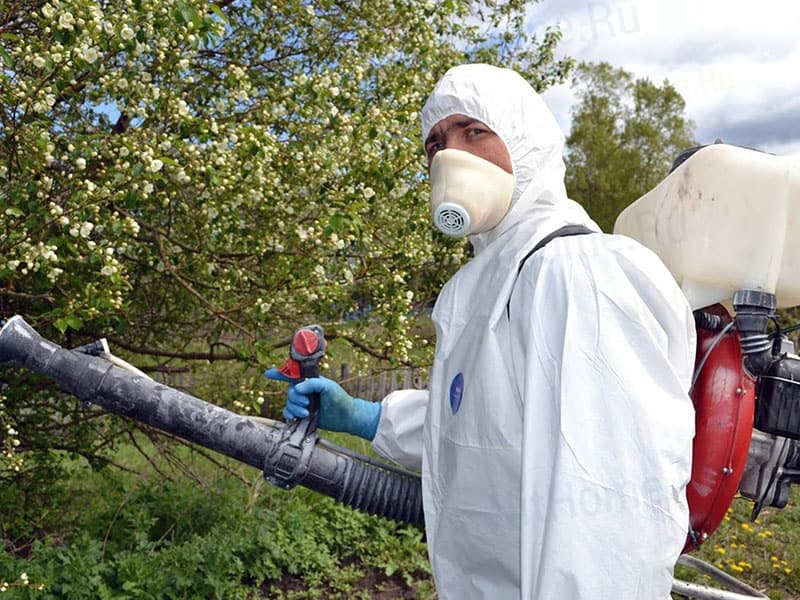

Pros of professional processing:
- Experience in the fight against ticks;
- A guarantee of the choice of an effective agent and the correct dilution of solutions;
- Exclusion of poisoning during work.
In our time, there are not so many proven methods for the destruction of arachnids. Of course, it will be most reliable to entrust this work to professionals by contacting special services for the destruction of pests. But this method is quite expensive, so the question arises: how to get rid of ticks on your own? There are the following methods that can help deal with ticks:
- Physical and mechanical.
- Chemical.
- Pharmaceutical.
- Folk.
Each group of methods includes different methods of struggle that are effective in a particular situation.
Another destructive factor for some parasitic arachnids is ultraviolet light. Quartzing is used in various types of premises (bedrooms in preschool institutions, hospital wards, livestock farms), during processing, the main condition should be the absence of animals and people susceptible to ultraviolet radiation on these objects.
A gauze or cotton swab used to treat the ears of rabbits, cats and dogs will help to reduce the population of ear mites. In the same way, parasites are removed around the eyes, from the beaks and ridges of birds.
To remove pests from smooth surfaces (in houses, dormitories, apartments, preschool educational institutions, in warehouses, etc.), you can use an ordinary wet cloth, on which dust will stick together with mites. But getting arthropods out of carpets and upholstered furniture is much more difficult: you need a beater or a vacuum cleaner.
We suggest that you familiarize yourself with: How to get rid of dead nits on your hair
The absolute advantage of physical and mechanical methods is the complete absence of toxicity. But it is impossible to achieve a quick result with their help; it would be best to use radiation and threshold temperatures together with chemical and pharmacological methods of struggle.
Chemical methods
The best remedies for ticks are various chemicals. They are modern chemicals that contain compounds that kill or repel ticks. The first funds are acaricidal, the second are repellent. There are drugs that combine the properties of killing and repelling arachnids, they are called repellent-acaricidal.
But the chemical industry takes into account the needs of people and their pets, which is why more and more complex preparations appear on store shelves that help fight against parasitic arachnids and insects at the same time.But how exactly to deal with ticks, what are the most popular remedies?
- Spraying aerosols and sprays (Art. "Sprays") is considered a proven remedy not only against microscopic ticks, but also against ixodids. There are separate sprinklers designed to handle animals, human clothing or premises. They differ from each other in the composition and concentration of the active compounds. It should be noted right away what mistakes should be avoided: in no case should aerosols be sprayed to treat the premises on four-legged friends due to the high content of toxic substances.
- For the prevention of bites of bloodsuckers in animals, for the extermination of scabies itching in pets, veterinarians recommend using special drops. When buying them, you should take into account the age of the animal and its breed, weight and size. You can find out how to choose drops for ticks here.
- Cleaning solutions will help cleanse the room from pests. There are special concentrates for washing clothes, carpet shampoos, floor cleaning fluids and dusting liquids. The instructions for their use are very simple, and using these tools is easy. The prices for concentrated solutions are quite high, but they are very effective and the packaging will last for a long time.
- White solution, emulsion.
- The active ingredient is zetacypermethrin 10%.
- Before processing, it is important to dilute the ram in plain water exactly as written in the instructions. The consumption of the product itself depends on the size of the site and dense vegetation. So, about 100 liters of ramming solution will be needed to spray 1 hectare.
- Be sure to purchase a dedicated spray bottle or pump spray. The advantage of the substance is that it is not so toxic to human health. The best time for ramming is early spring, while the mites are not yet active.
- The approximate price of the funds is 1900 rubles.
- First of all, carefully read the instructions for the drug and try to strictly adhere to it. Start the treatment, being sure that there is no rain or snow on the day of treatment and for 3 days after it.
- Treat the area from ticks in calm weather, in the early morning (5-7 am) or late in the evening (after 21 hours).
- Wear gloves (rubber household gloves are suitable), a respirator (bandage) or a protective mask.
- Dissolve the amount of the product required for treating your site in a separate container in a small amount of water at room temperature. Make sure there is enough water for the solutions. It is allowed to use both tap water and take clean water from the reservoir. Use a fresh working solution of the preparation, immediately after its preparation. Stir the mixture thoroughly for a few minutes. Then add the remaining measured water to the resulting solution to the ratio recommended by the instructions, mix again. Pour the prepared solution into the spray tank, wiggle it up and down, pump up the pressure with a pump (if the sprayer is pump-driven).
- Before you start processing, you should be wearing a disposable protective overalls with a hood (preferably white, so that if something happens, inspect yourself for ticks) and rubber boots. Trousers must be tucked into boots.
- Perform complete processing of the site and part of the area adjacent to the forest or meadow. Remember to shake the solution container periodically. The higher and denser the vegetation, the more solution must leave in order to irrigate all of it evenly. At the same time, it makes no sense to process where ticks do not live. For example, to irrigate the crowns of trees means only to transfer the agent. The fact is that, contrary to the popular myth, ticks do not climb higher than 150 cm from the ground. They do not jump or fly, but live next to the soil, crawling onto tall grass or shrub plants only to fall and grab onto a person or animal from them.For high-quality treatment of the area from ticks with a spray torch, it is enough to cover the space to a height of no more than 125-150 cm.
- If you process a strip of forest litter 50-100 meters outside the site, then the effect of the treatment will be greater.
- After finishing the treatment, remove protective equipment, carefully examine and make sure that there are no mites on clothes and body.
- 3-5 days after treatment, independently or with the help of a specialist, carry out a test for the patchiness of the area.


